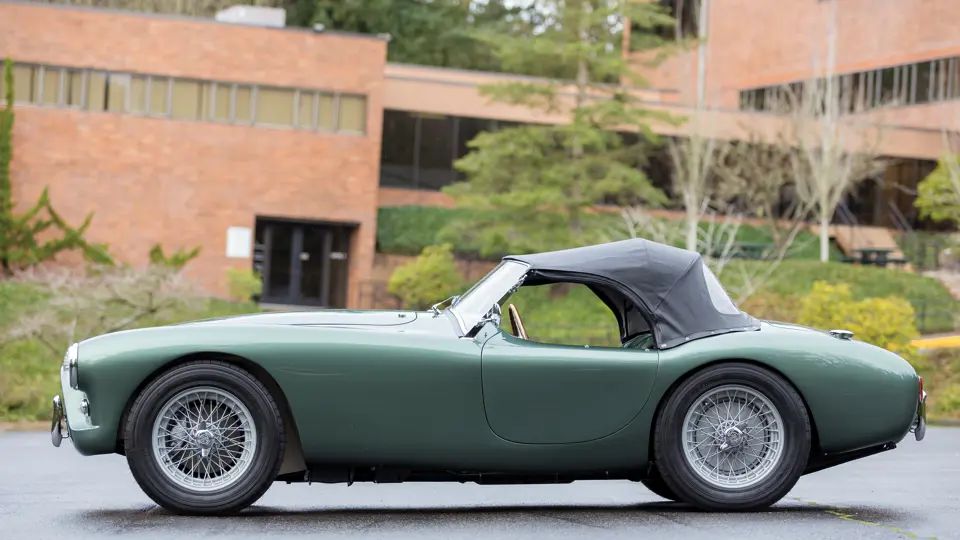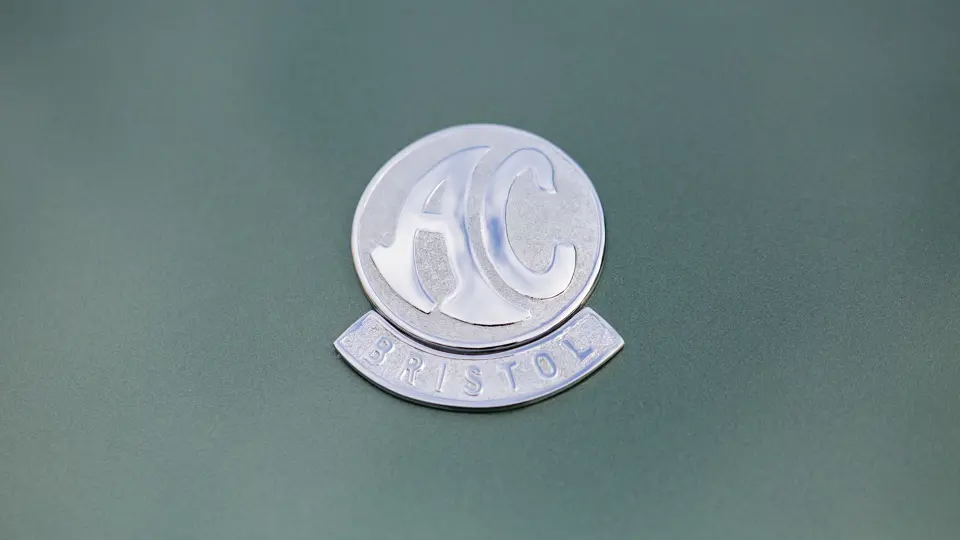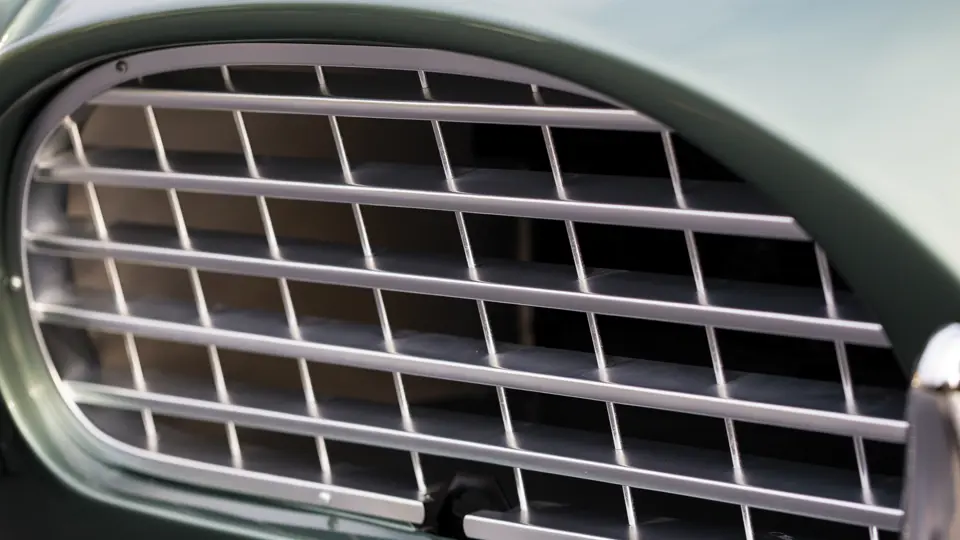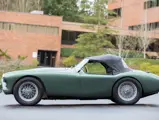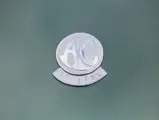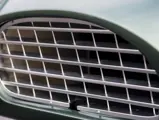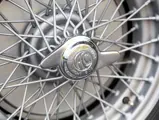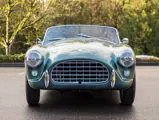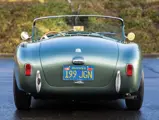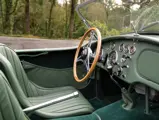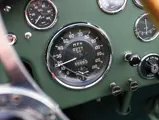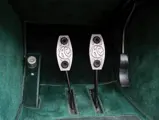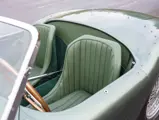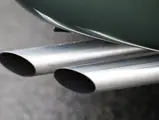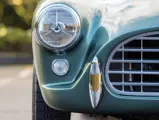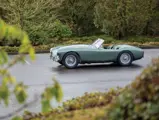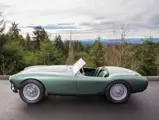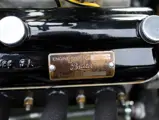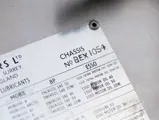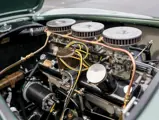
1960 AC Ace-Bristol
{{lr.item.text}}
$495,000 USD | Sold
{{bidding.lot.reserveStatusFormatted}}
- Highly original and numbers-matching, with notable racing provenance
- Top-spec factory options, including front disc brakes and rare curved windscreen
- Perfect dual-use classic, suitable for exclusive tours or international level concours
- “Career-best” restoration by Jim Feldman, renowned AC collector and specialist restorer
- No detail ignored or expense spared
128 hp, 1,971 cc D2 Bristol six-cylinder engine with three downdraft Solex carburetors, four-speed close-ratio Bristol manual transmission with overdrive, front and rear independent suspension with transverse semi-elliptic leaf springs, and front-disc and rear-drum brakes. Wheelbase: 90 in.
In 1953 at Earls Court in London, AC Cars introduced the Ace, with its 100-horsepower AC powerplant in a light, tubular chassis under a beautiful, hand-formed aluminum body designed by Tojeiro. After numerous race successes in 1955 and 1956, in 1957 AC offered as an option the 2.0-liter Bristol six-cylinder engine, an advanced design derived from the BMW 328 unit, with three downdraft carburetors producing 120 horsepower (later to put out 128 horsepower in Stage II spec). Due to the light weight of only 1,650 pounds, the cars had impressive performance and handling and became fiercely competitive on race circuits around the world, including at Le Mans in 1957 and 1958.
Just four hundred sixty-six examples were built with the Bristol engine between 1956 and 1962. As Bristol discontinued their six-cylinder in 1961, the owner of AC, Charles Hurlock, was approached by Carroll Shelby to supply the Ace chassis and body, into which Shelby would install a Ford V-8. In 1962, the AC Ace–derived Cobra was born, launching a whole new chapter and enduring legacy continuing with this original design.
Chassis number BEX 1054, a factory left-hand-drive model, is listed in Ace Bristol Racing: A Competition History by John McLellan and Tony Bancroft, as well as in the AC Owners Club Register, as leaving the factory on April 13, 1959, noted as having “Stage II” engine preparation and achieving “11 class wins in SCCA races.” The original owner is recorded as Dr. R. Roth of Illinois, who registered it as a 1960 model year car. As of 1998, the McLellan book recorded that the car was owned by a Mr. Cronin in the United States.
Jim Feldman, U.S. representative for the ACOC, located the car in Woodside, California, in Mr. Cronin’s ownership, approximately 10 years ago. Feldman, who is recognized worldwide for the quality and originality of his AC restorations, purchased the car as the ultimate basis for a future restoration. Accordingly, in 2006 he sold it to the consignor, who funded Feldman’s five-year restoration without regard to cost. Their agreement was that the car would be returned to its original specifications but at a level of quality equal or better than any Ace-Bristol now in existence.
Feldman began his work by disassembling the car to the last nut and bolt. He determined that the chassis was in fine condition throughout, though some of the supporting tubes and inner panels would need replacement to ensure it was structurally sound; new frame and suspension fittings would be constructed with the stronger metal components later used by AC for Cobra chassis. The original six-cylinder Bristol engine, four-speed transmission, and rear end were rebuilt to modern vintage racing standards, matching the Stage II specifications of the original engine in components such as the high-compression head, driveshaft, bearings, pistons, and camshaft. With the possibility that the car might be used for long-distance touring, Feldman also fitted a correct period Laycock de Normanville overdrive. The result is a drivetrain that would be expected to produce more power than any regular 100D2 Bristol engine while being comfortable to drive at speed over long distances.
Feldman fitted the period-correct optional aluminum fuel tank and second fuel pump running through a second fuel line into the carburetors. A period aftermarket glass fuel filter is the only modification from original specifications in the engine compartment. Though 15-inch wheels were available as an option in 1959, to later be used on the Cobras, Feldman decided to keep the classic-look 16-inch, 56-spoke, cross-laced wheels and narrow tires that are seen in period racing pictures, retaining the lovely stance with the optional disc brakes, fitted from new. Of course, five new wheels and original-spec Michelin X tires were secured from England.
All the original exterior panels were retained and carefully reconstructed by an aluminum panel specialist. The body was refinished in a lovely shade of Aston Racing Green, with complementary green upholstery. The car is fitted as original with the attractive and practical curved windshield that was optional on the last of the Aces and will be familiar to Cobra enthusiasts. It has period-correct racing seatbelts with brand-new webbing and comes fully equipped with new top and side-curtains, as well as an owner’s handbook.
Jim Feldman is proud of the result, as documented in the restoration photos and complete paperwork with the car, believing this to be perhaps the best restoration he has ever produced and a fitting culmination to his career in AC restorations. As presented at Amelia Island, it is remarkable in both appearance and performance, with only test miles on the odometer. With its quality, provenance, and attention to original specifications, it is not only eligible for classic tours and rallies but also for track events such as the Goodwood Revival and Monterey Motorsports Reunion, where it would be expected to be quite competitive, silk scarf notwithstanding!





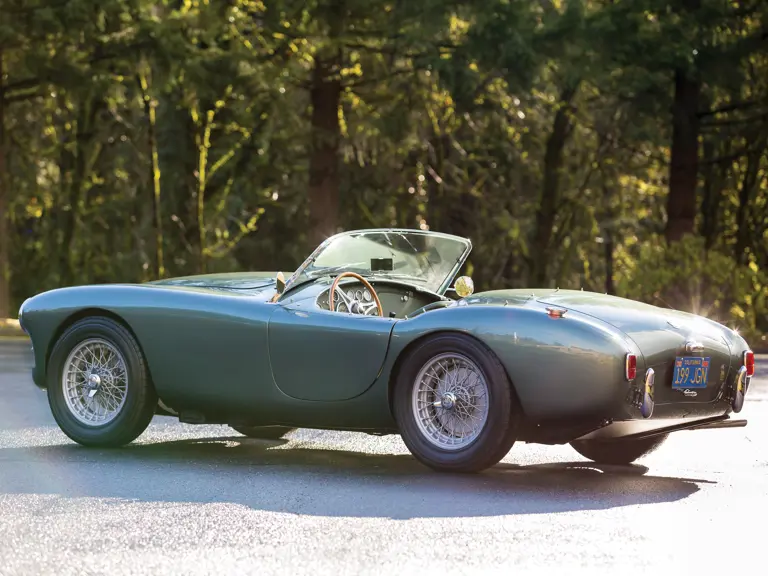
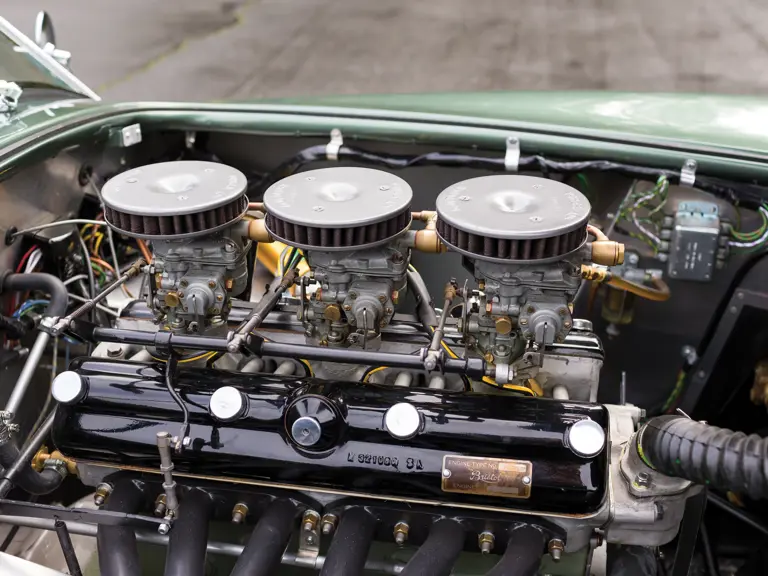
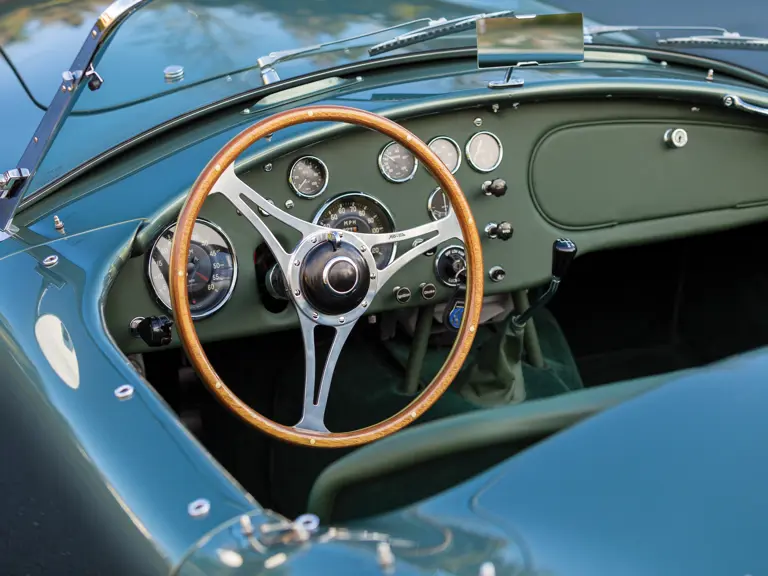
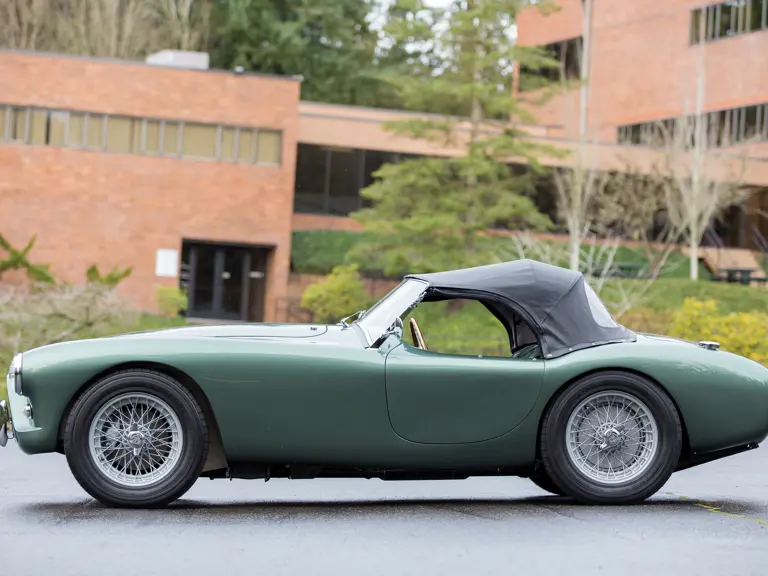
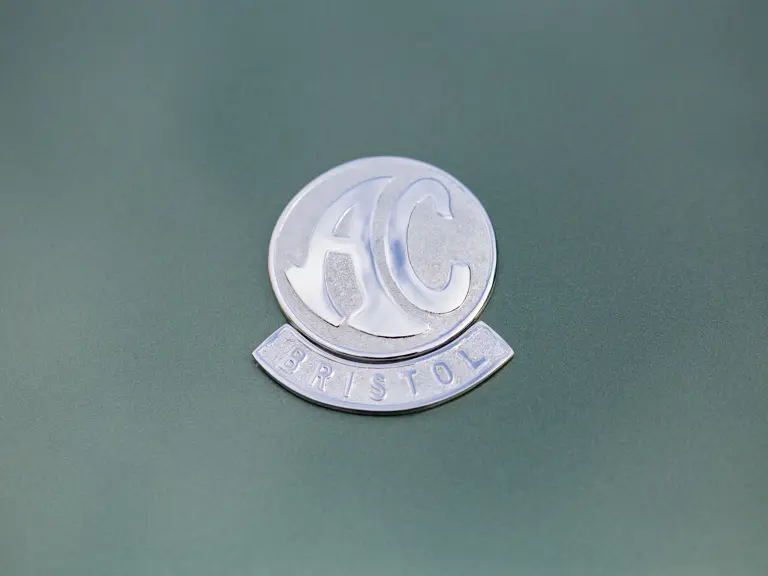
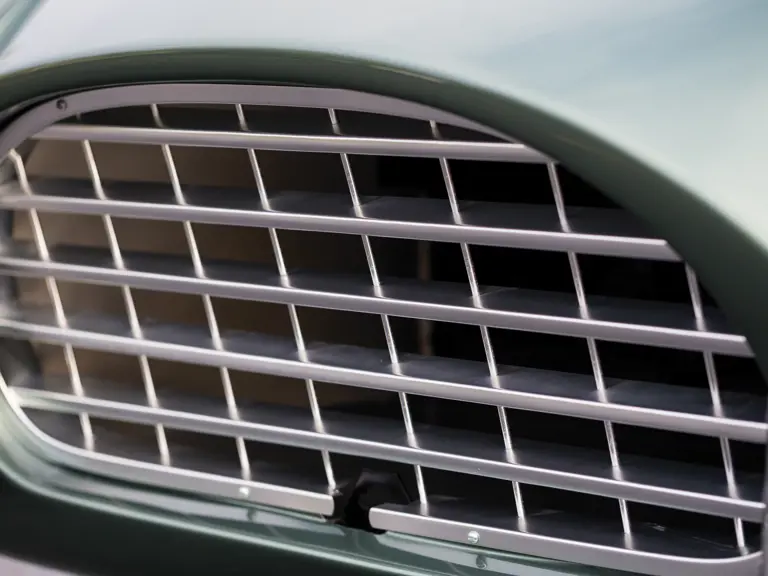
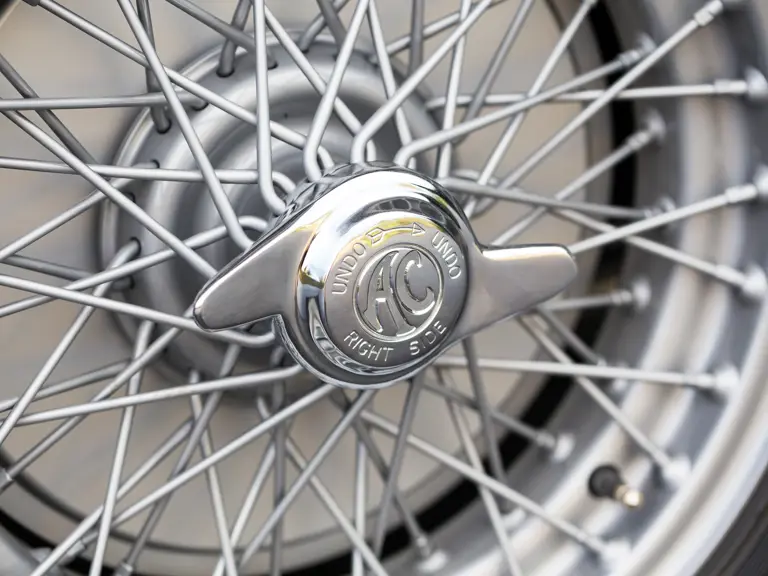
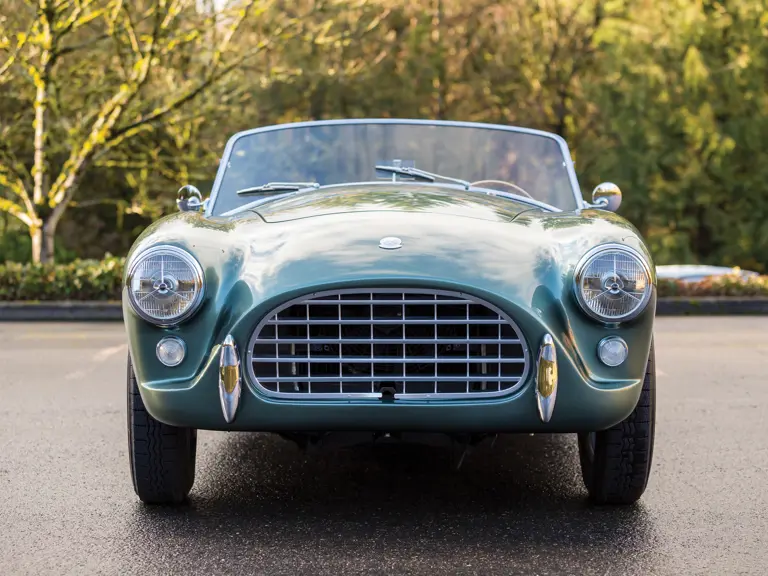
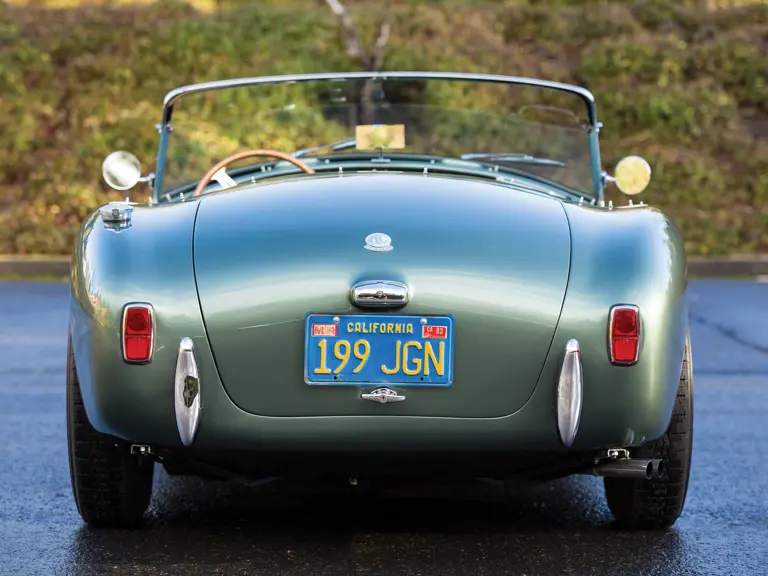
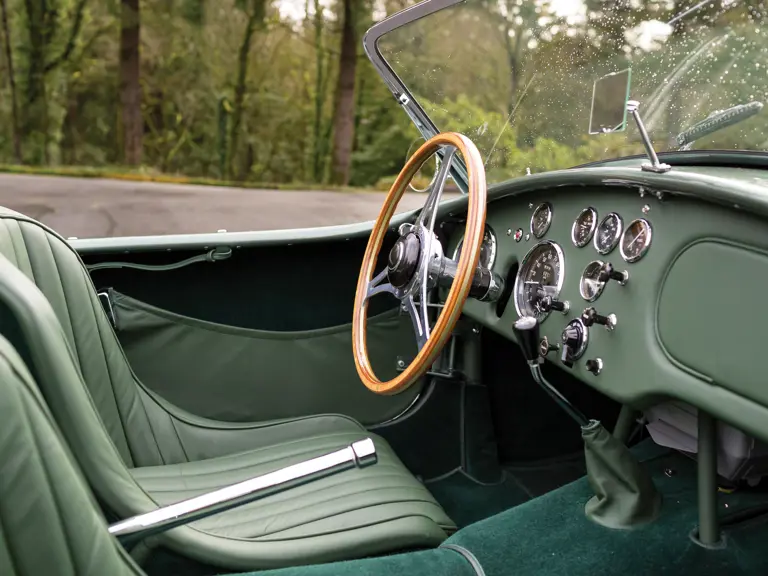


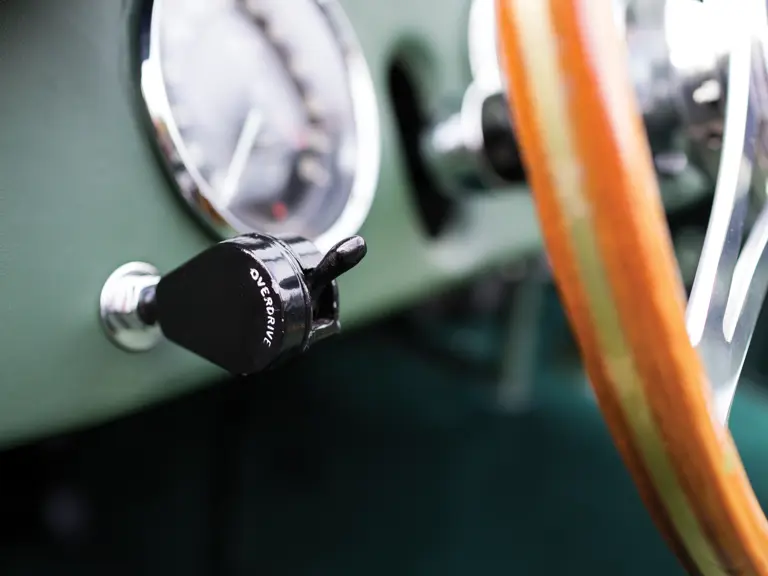
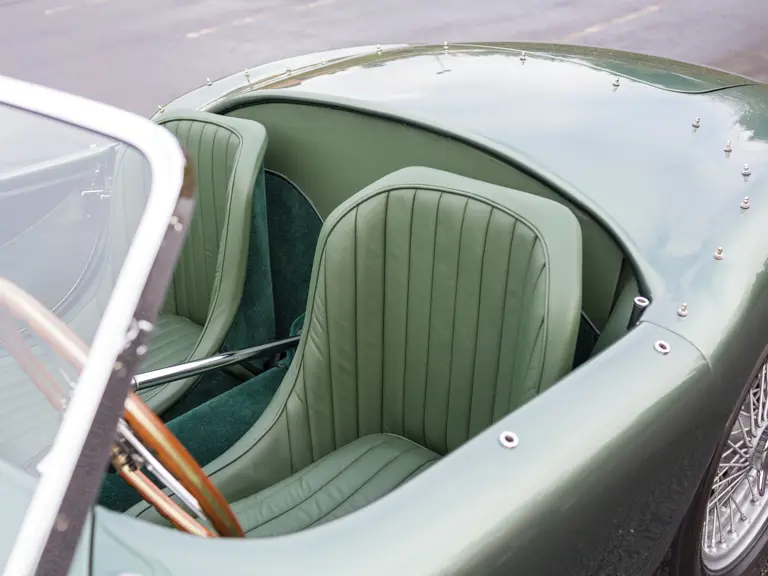
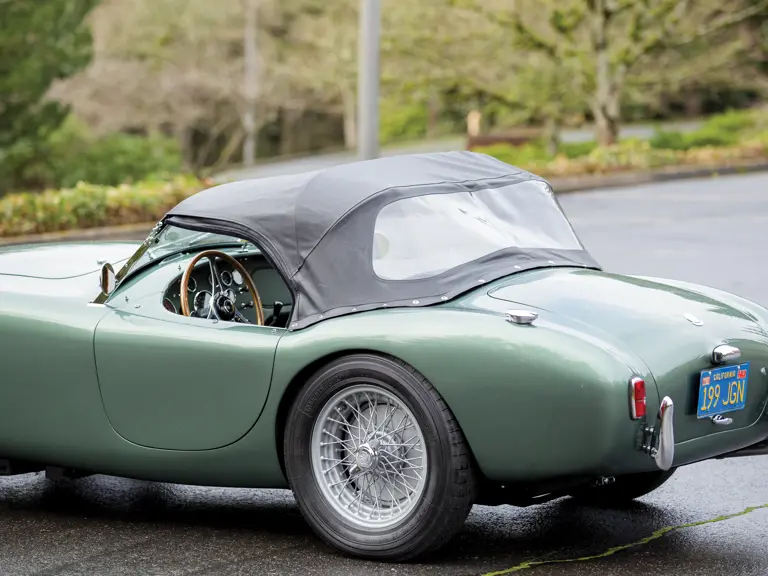
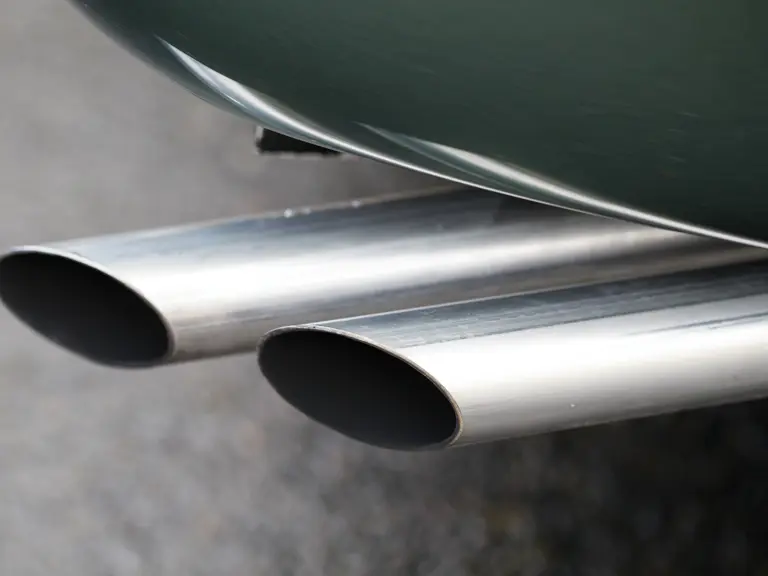

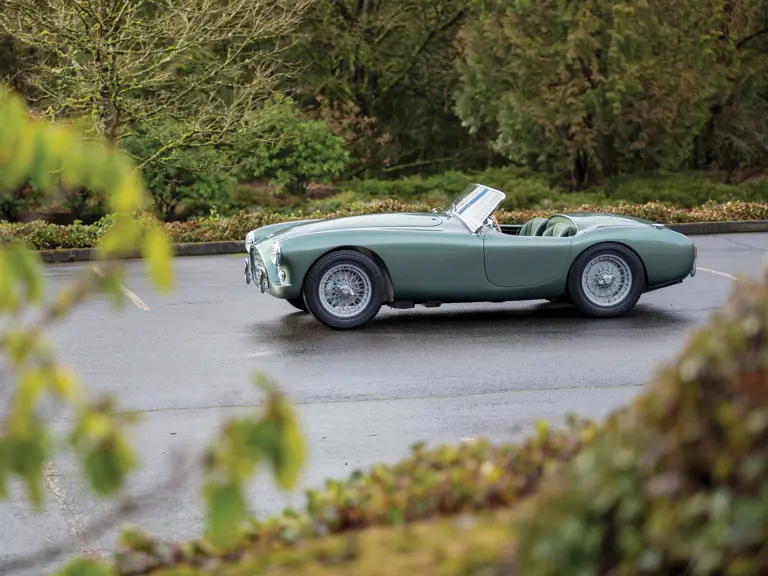
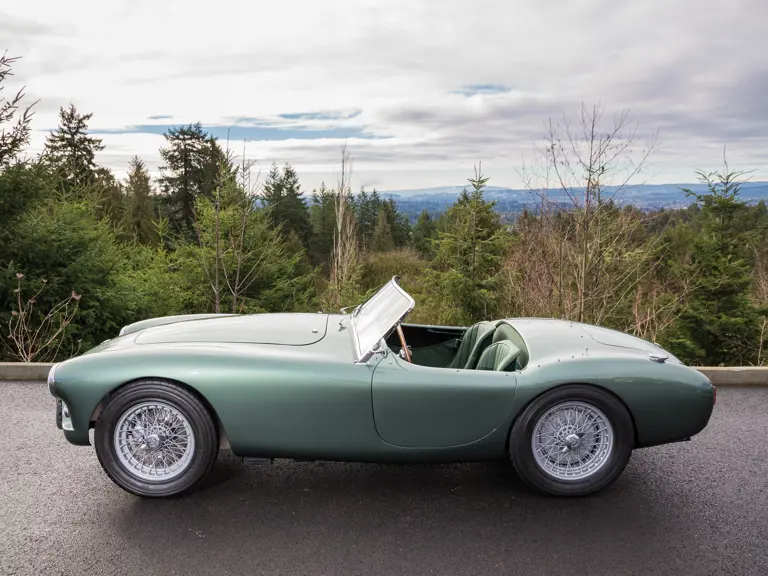
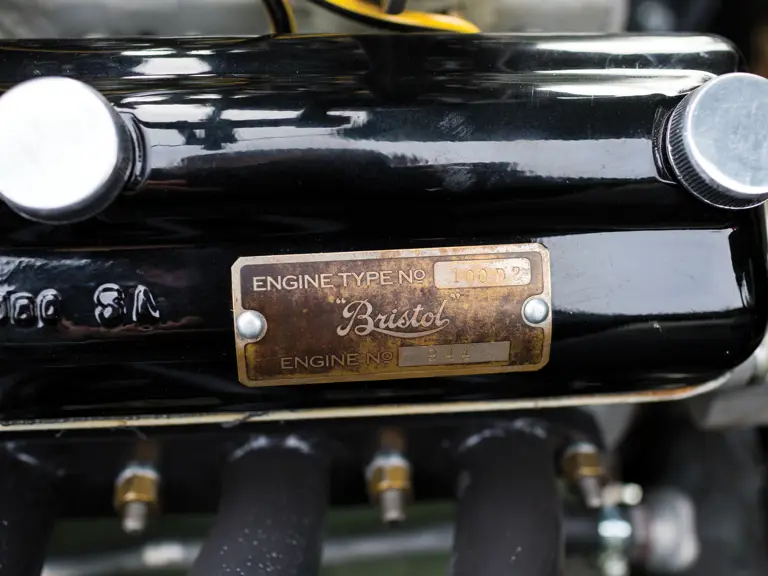
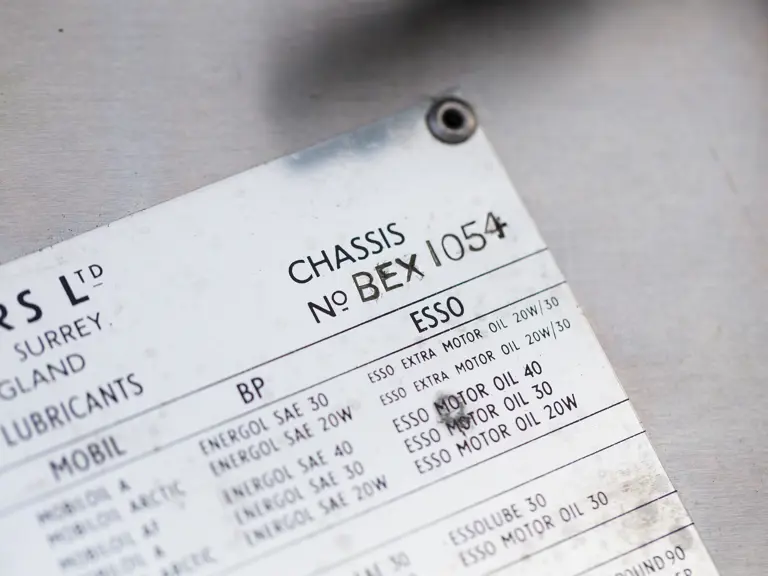
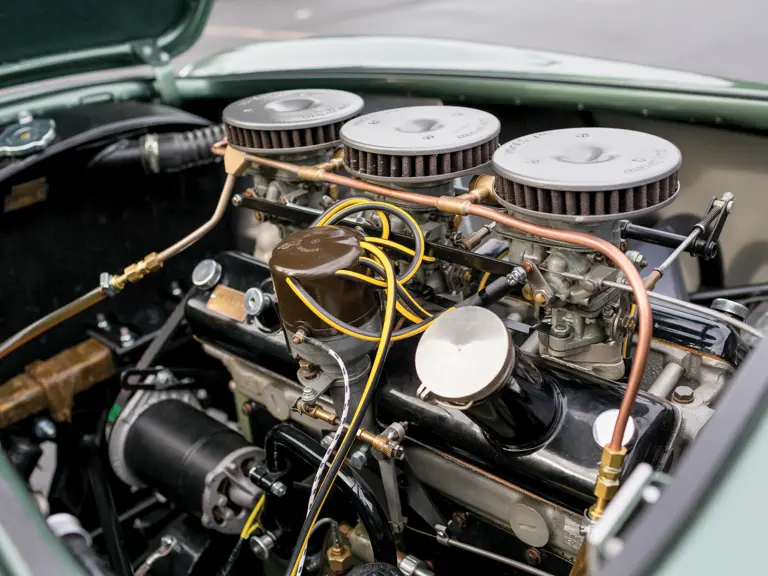
 | Amelia Island, Florida
| Amelia Island, Florida
